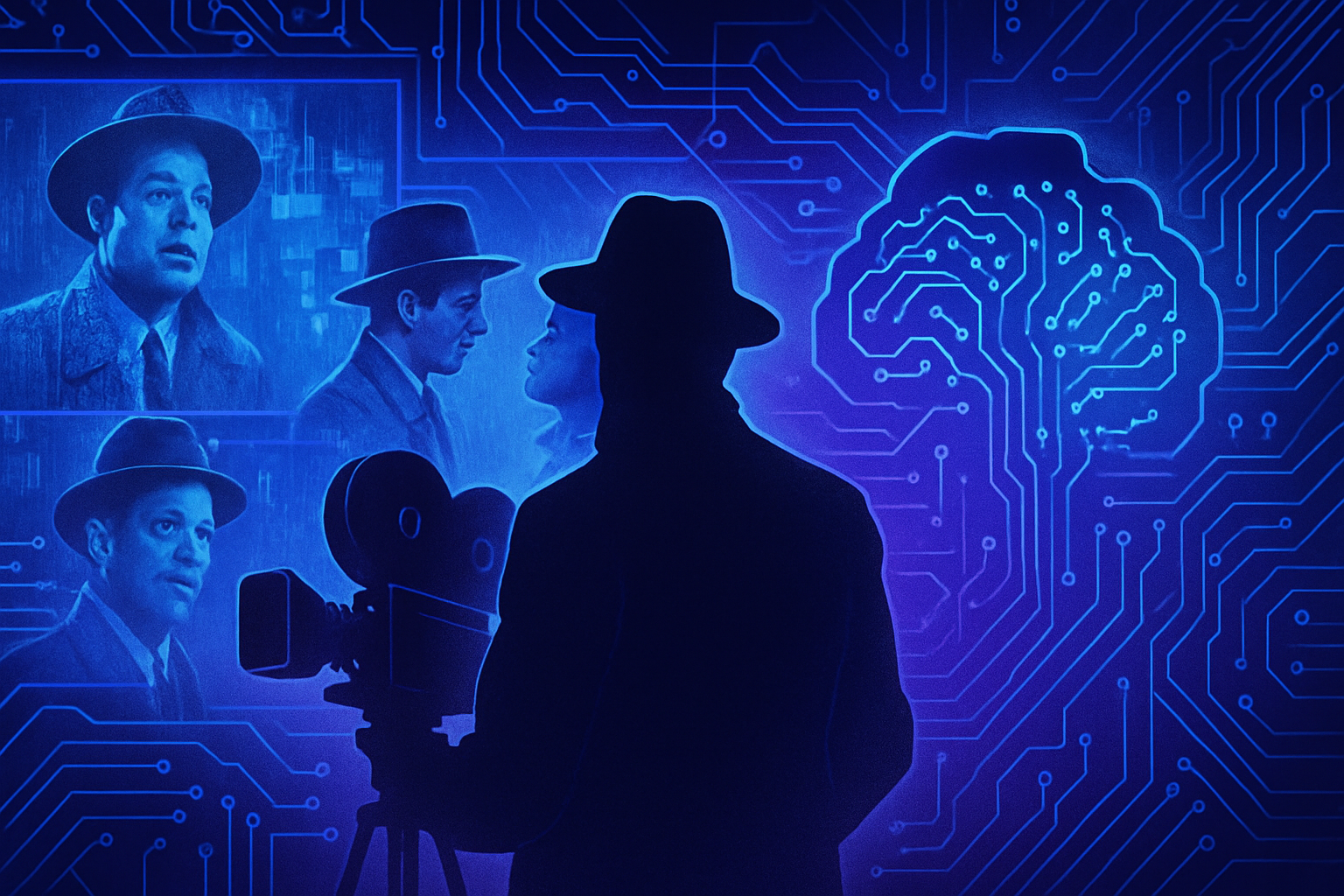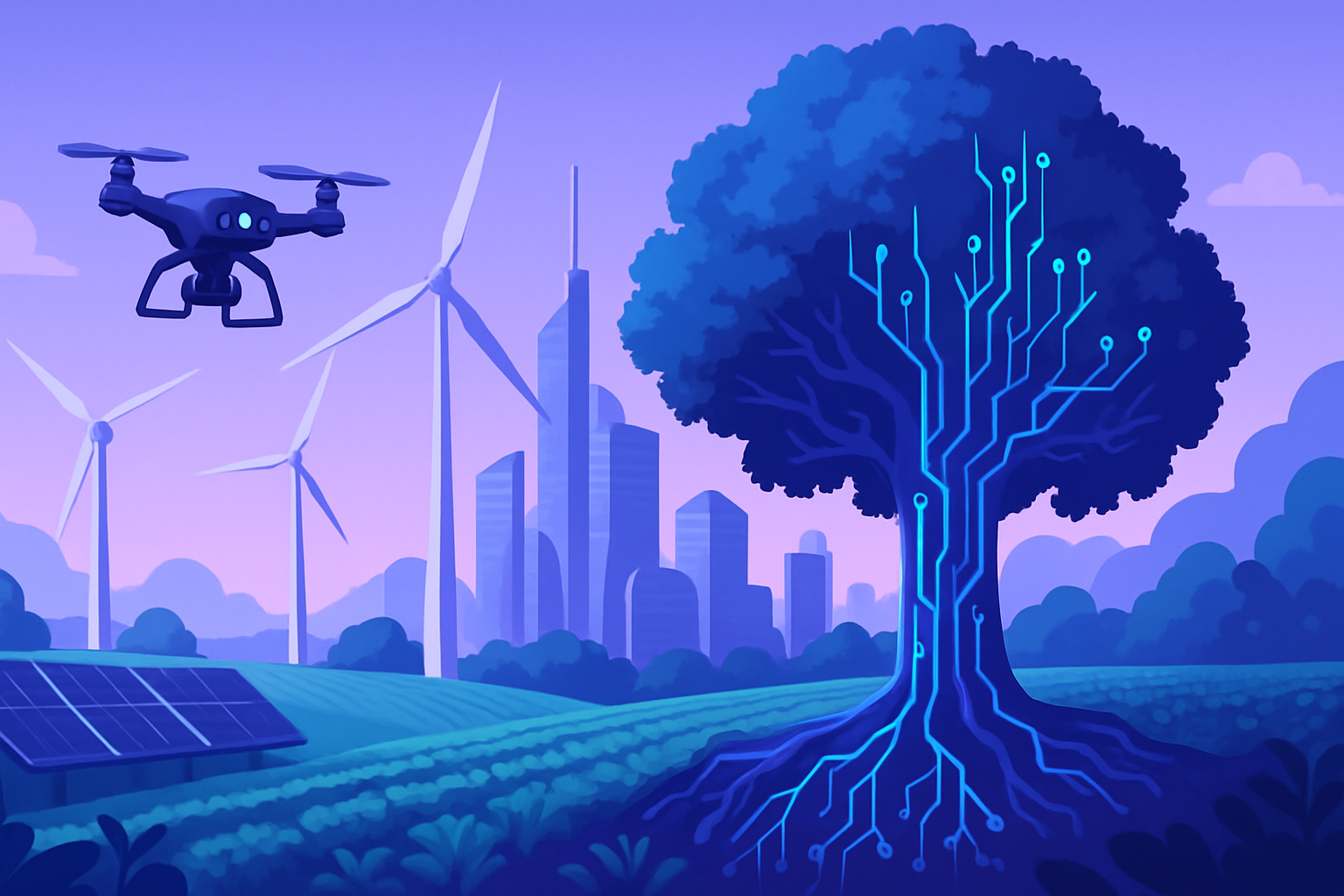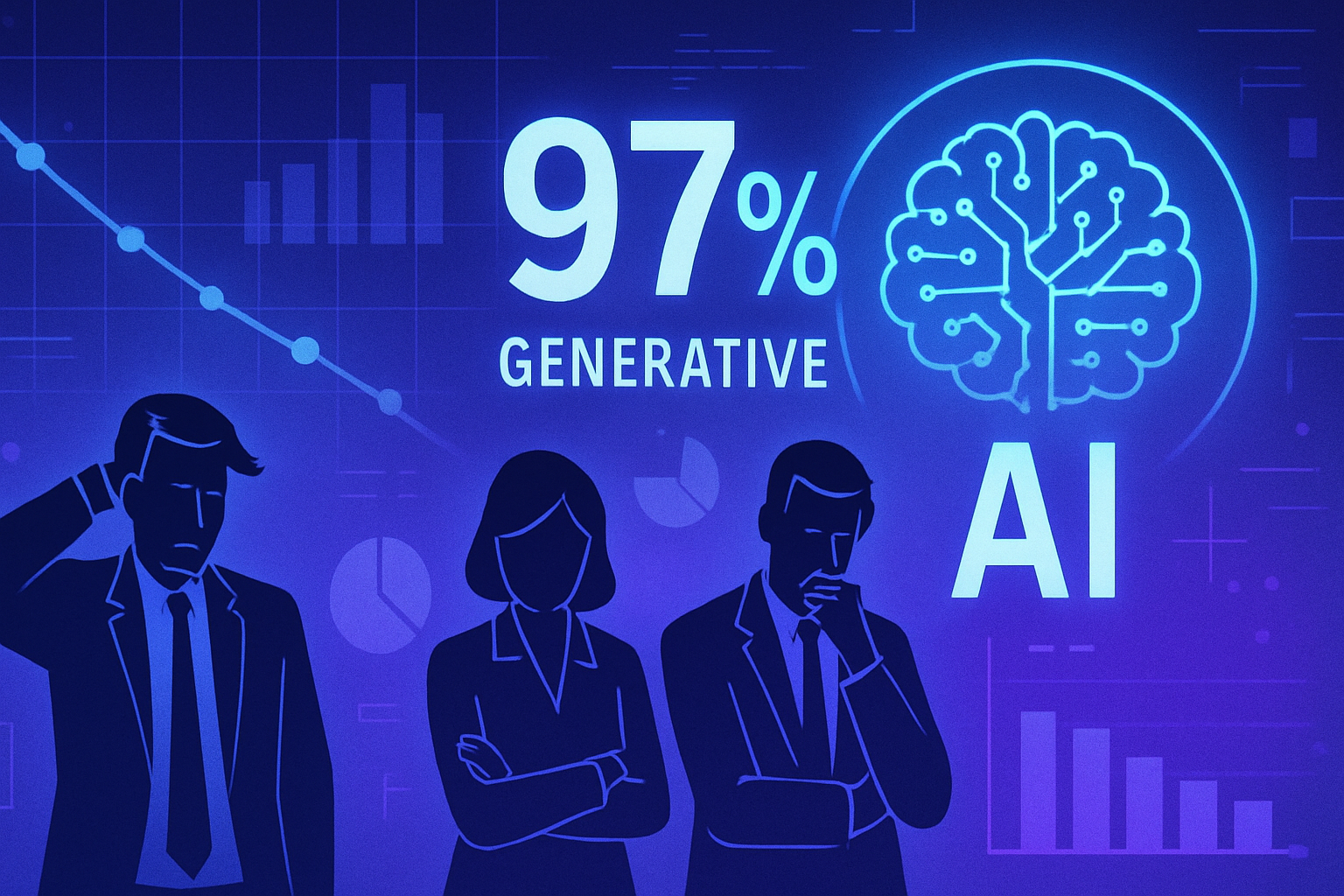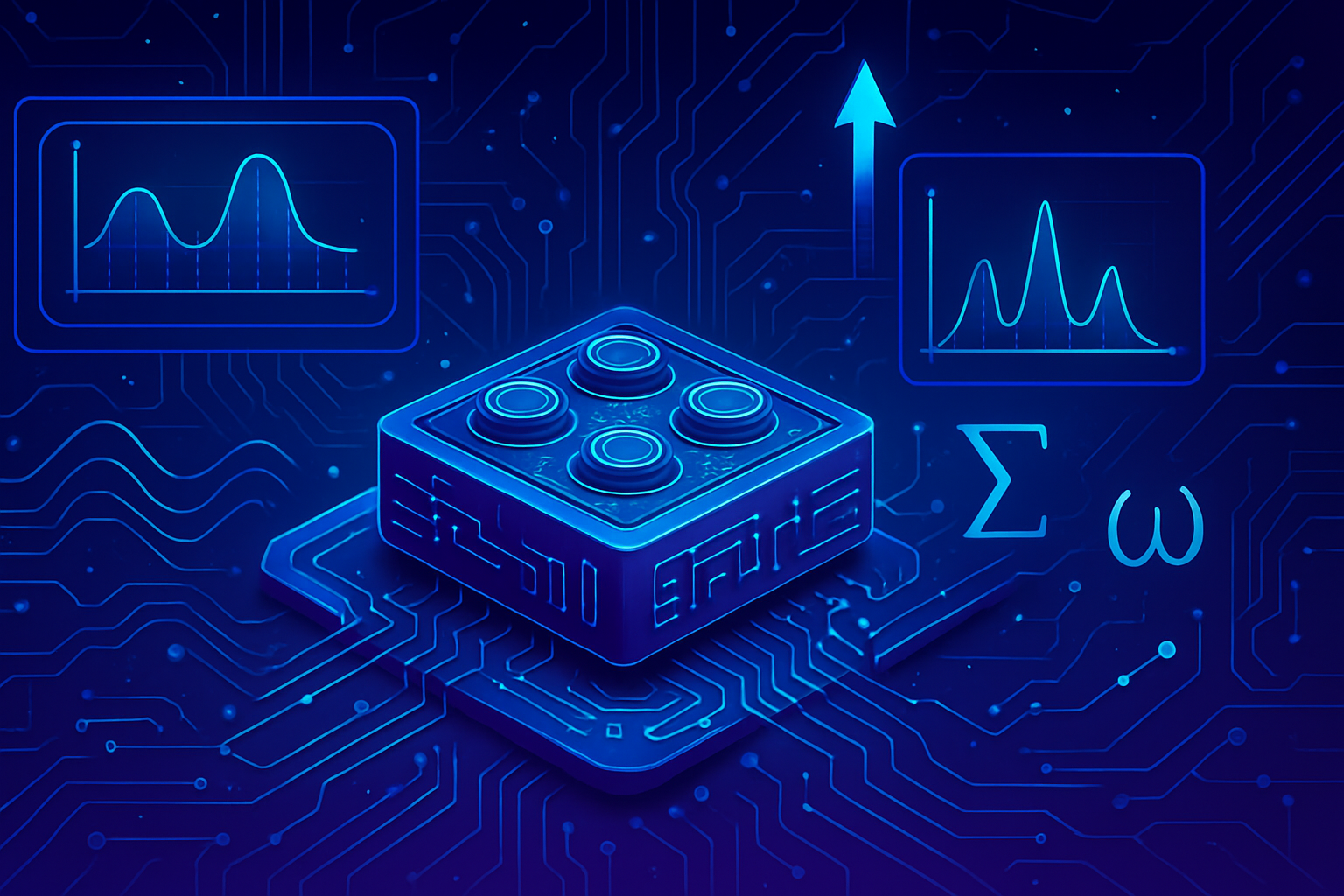Technological revolution underway. Humanoid robotics, a fusion of artificial intelligence and biomimicry, is transforming our societies. Diverse and growing applications. These entities capable of interacting harmoniously with humans are reshaping our vision of work and daily life. A booming market. The forecasts are staggering: billions of units could soon populate our homes. Embracing this evolution requires understanding and anticipating the ethical and economic issues involved.
The rise of humanoid robots
Humanoid robots represent one of the most captivating technological advances of our modern era. Their design, inspired by human appearance, allows for smooth interaction with the environment, and their integration across various sectors reflects significant progress. These machines are no longer confined to factories; they are beginning to make their way into our daily lives and in varied contexts such as care facilities.
A booming market
The market for humanoid robots is booming, showing a valuation of 2.43 billion dollars in 2023, with an estimate reaching 66 billion dollars by 2032. This rapid ascent is fueled by constant innovations and the increasing demand for automated solutions across various industries. Advances in artificial intelligence and machine learning are propelling these machines to new heights.
Practical applications of humanoids
Humanoid robots are deployed in various ways. In the medical field, they assist staff by optimizing patient care. In homes, prototypes like the Tesla Bot promise to perform household chores while providing companionship. Furthermore, robots equipped with rapid learning capabilities, like those being developed by current research, demonstrate how they can evaluate and adapt to their environment in sophisticated ways.
Anticipations for the future of humanoid robotics
Forecasts indicate that three billion humanoid robots could be circulating around the world by 2060. These figures, published by Bank of America, reveal an optimistic trend due to falling production costs and technological advancements. With potential annual sales reaching one million units by 2030, the domestic robot sector is expected to experience significant growth.
Investments and sustained innovations
Investments in humanoid robotics are increasing exponentially. The company Dexterity, for example, secured 95 million dollars to develop intelligent industrial robots using artificial intelligence. These efforts reflect a willingness to accelerate the implementation of these machines in diverse professional contexts, ranging from industry to healthcare.
Social and ethical issues
The growth of humanoid robots raises ethical and societal questions. Gender inequalities in the artificial intelligence sector illustrate concerns over the underrepresentation of women, as noted in a report on gender equality. It is imperative to consider these issues in the context of technological evolution.
Future perspectives
By 2024, the continued growth of humanoid robots seems inevitable. A report predicts that the global market could reach 38 billion dollars by 2035. This surge, with an average growth rate of 70%, is driven by factors such as artificial intelligence development and the increasing need for automation in homes and industries.
Frequently asked questions about the fascinating growth of humanoid robotics
What are the current application areas for humanoid robots?
Humanoid robots are used in various fields, including healthcare for assisting the elderly, in industry for manufacturing tasks, and in the service sector, such as receptionists or tour guides.
What is the projected growth of the humanoid robot market by 2032?
According to analyses, the humanoid robot market could reach 66 billion dollars by 2032, showing rapid growth compared to 2.43 billion dollars in 2023.
How do advancements in artificial intelligence promote the development of humanoid robots?
Advancements in artificial intelligence, particularly machine learning, enable humanoid robots to enhance their interactions with humans, learn new behaviors, and perform complex tasks autonomously.
What impact will humanoid robots have on human employment in the future?
While humanoid robots may replace certain tasks performed by humans, they can also create new job opportunities in the development, maintenance, and oversight of these technologies.
What are the ethical challenges associated with using humanoid robots?
Ethical challenges include privacy, data security, liability in case of errors, and the moral implications of substituting human interactions with machines.
How many humanoid robots could be in service worldwide by 2060?
A study predicts that there could be up to 3 billion humanoid robots in circulation around the world by 2060, with the majority intended for domestic use.
Which companies are at the forefront of humanoid robot technology?
Companies like Tesla, Nvidia, and Boston Dynamics are seeking new innovations in the field of humanoid robots, investing heavily in research and development.
How do technological advancements influence the design of humanoid robots?
Advancements in areas such as robotics, AI, and hardware allow for more sophisticated humanoid robot designs, giving them enhanced capabilities for interaction and object manipulation.
Can humanoid robots communicate effectively with humans?
Yes, thanks to natural language processing systems and machine learning, humanoid robots can understand and respond to human questions and commands effectively.
What is the public perception of humanoid robots?
Public perception is mixed; some view humanoid robots as a promising technological advancement, while others express concerns about their potential impacts on daily life.






